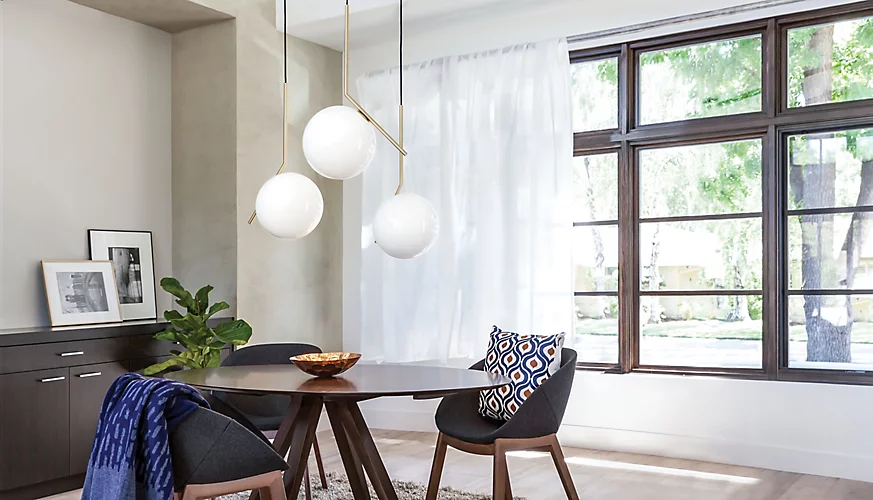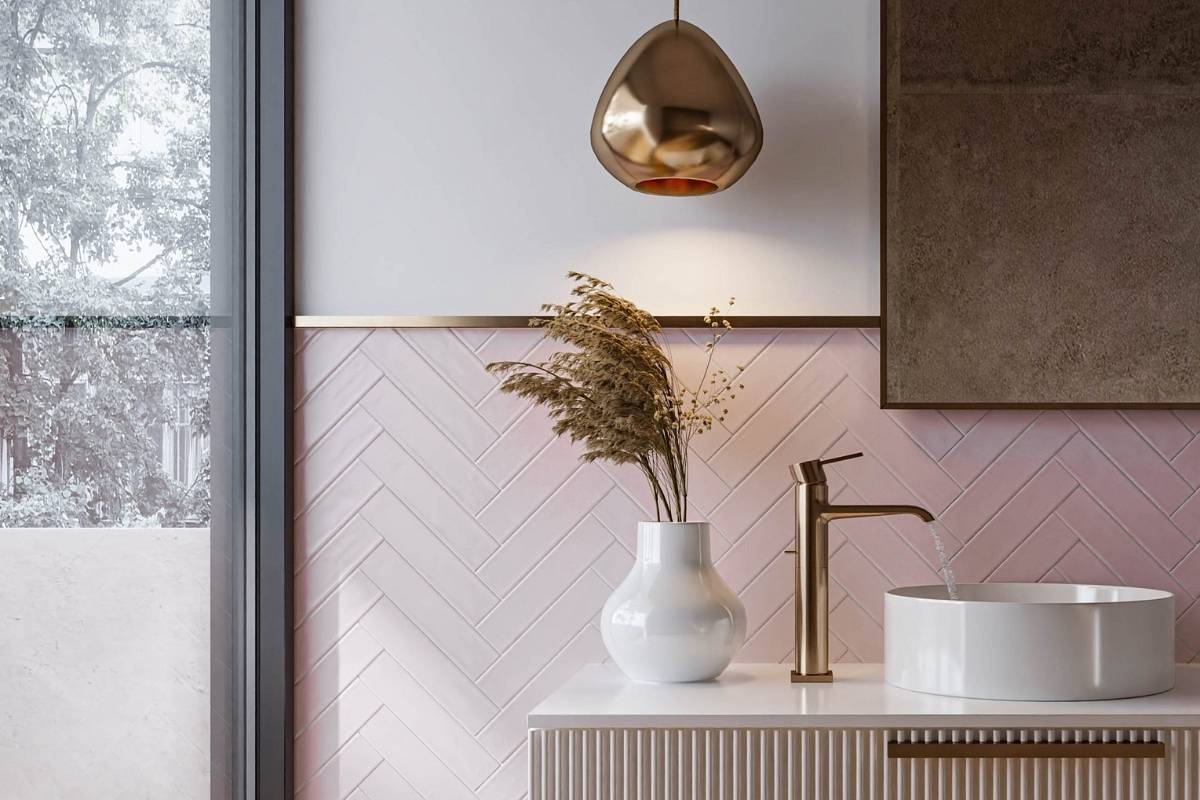If you have been up to date with home renovation lighting trends then you must have heard Bob Dylan cite that times are changing. Although watts have been the common light emission measuring method, it is quickly being replaced by the more popular unit: lumens and for pendant light enthusiasts, it is important to identify the best lumens for a pendant light, which is exactly what this post seeks to help you do.
Measuring light is a somewhat challenging task, hence the need to understand lumens. This way, you can ensure you pick the most suitable pendant lights for your specific needs. Ideally, the best lumens for pendant lights differ based on function and space.
For example, a 10-square meter space can be appropriately illuminated by between 200-300 lumens. With that in mind, here is how to find the best lumens for pendant lights.
What Are Lumens?
Lumens simply represent a measurement method to quantify the total light amount LED light sources emit. They represent the light amount emitted notwithstanding the direction. This metric is important as it helps determine a light source’s efficiency in converting power into visible light, a process called the Lumen/Watt ratio (Lm/W).
Why Are Lumens Important When Buying Pendant Lights?
The UK government instilled a ban on the use of halogen light bulbs for sustainable options. This will ultimately lead to the massive use of lumens in measuring office and home lighting. Moreover, they are an integral component in determining the energy efficiency of light bulbs. Furthermore, it helps you understand the light needed to create ambience and warmth in a room.
What Are the Best Lumens for A Pendant Light?
The best pendant lights depend on the number of lumens needed in a room. When using LED lights, you need to understand the light required in a space/room and with a few steps, you can understand the best lumens for your pendant lights.
The first process of determining the best lumens for pendant lights is identifying the purposes and spaces that need illumination. Why? There are rooms that need more lighting (for instance kitchens) while others require less (such as bedrooms).
Attaining the proper lumens for the pendant lights you want to install in a given space, you must divide the lumens on several LED light sources. For example, you can have a fixture that offers 2500 lumens and for such light, you must have three or four sources of light (or more when necessary).
In this post, we will highlight the appropriate lumens necessary depending on a given space. However, it is worth noting that it can vary based on your preferred brightness, natural light amount, or wall colors, and room dimension, among other factors.
What are the Best Lumens Depending on Your Room Space and Function?
Living Rooms
As mentioned earlier, the best lumens for pendant lights depend on the space and function, hence it is not surprising that your living room will need more compared to a recessed space. When shopping for living room pendant lights, our recommendation is to choose dimmable (LED) lights since you don’t require high luminosity.
Dimmable pendant lights help you choose the ideal atmosphere for every moment and lumens of between 1200-3000 are a decent choice. However, your dining space may require more intensity hence the best lumens for a dining space pendant light would range between 3000 and 5000 or more lumens.
Kitchen Spaces
If you want to install a pendant light in your kitchen, then it is worth noting the importance of this space since many activities occur here. Initially, your pendant light must be above the table. You should also have pendant lights above the stoves and working area.
For proper lighting, you need to have between 2000 and 4000 lumens, and depending on the type of pendant light you have, it can mandate between 3 to5 light fixtures.
Bedrooms
Bedrooms are also another important space in your home and need proper illumination. Before you find the best lumens for bedroom pendant lights, there are several factors worth considering. For instance, you need to check if your bedroom has big furniture like wardrobes, or a desk.
Also, homes with kids sometimes mean that they spend time in their rooms doing various activities like studying. Therefore, bedrooms need high intensity illumination. Generally, the best lumens for such pendant lights would range between 2000 to 4000 lumens, depending on your preference.
Recessed Spaces
For compressed spaces in your home or office, you need indirect ambient light. Ideally, with lumen levels of between 100 to 400, you can perfectly illuminate your room.
If you want some flexibility, Las Sola offers dimmable pendants and fixtures that help you the light intensity based on the day time you plan to use them and expected function. With dimmable pendant lights, you’ll easily create the ideal atmosphere whether it’s evening or dawn!
Bathrooms
Surprisingly, this is the area in your home that requires high intensity lighting as you want to ensure proper visibility when showering or shaving! Typically, the best lumens for bathroom pendant lights are between 1800 to 4000 lumens, depending on the overall bathroom space. What’s more, it can be a single pendant light or several depending on personal preference. Also, it is important to ensure you have IP-rated pendant lights.
Note: IP Ratings measures the overall protection of your pendant light against dust and humidity.
Final Word
Whatever space you are looking to illuminate, whether living room, kitchen, or bedroom, each space calls for a different lumen capacity. The general idea is to remember that areas with several activities or working spaces require focal points and high intensity illumination. Ultimately, though, the best lumens for a pendant light depends on the overall space size, purpose, and the number of pendant lights you prefer to have in the room.
At Las Sola, we offer a wide range of pendant lights with varied lumens to cater to all user needs and preferences. Our pendant light fixtures are IP-rated and designed to offer the best possible illumination.











